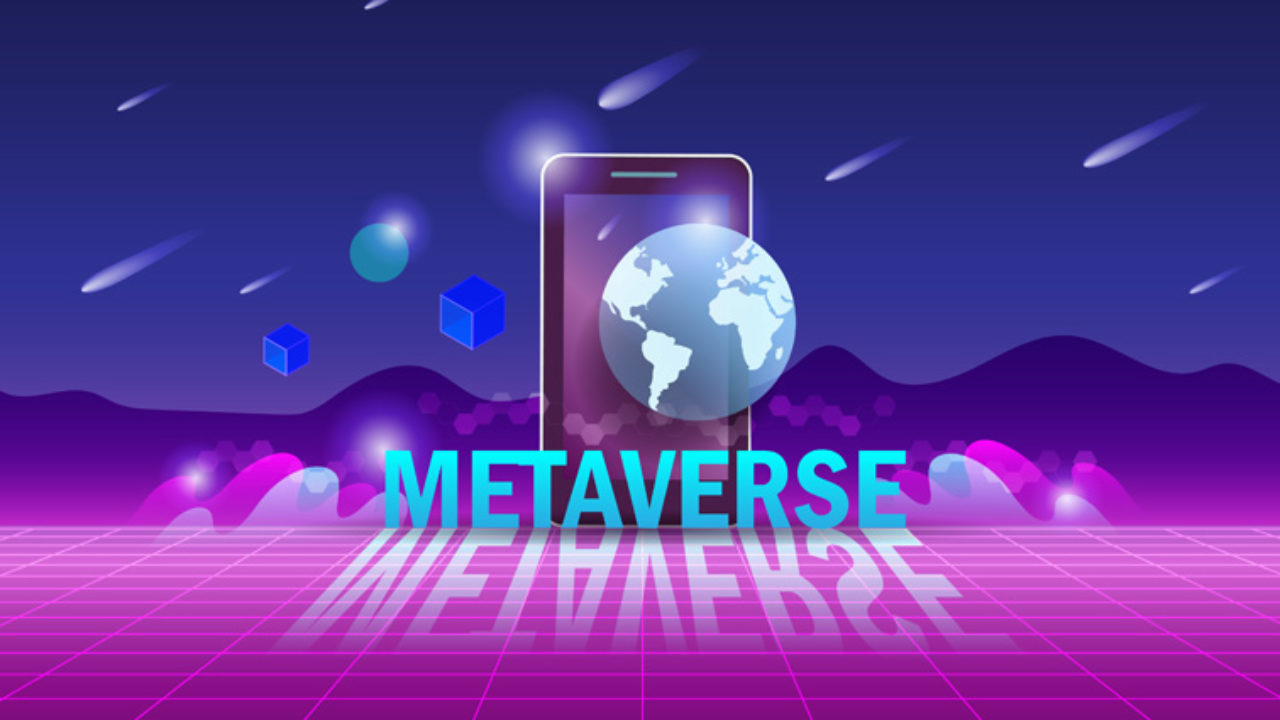This article is part of a 10-piece Digiday series that explores the value of NFTs and blockchain technology. Explore the full range here,
Some of today’s leading Metaverse platforms have made millions of dollars selling virtual land – but they are still figuring out how to get users to spend time on their digital assets.
There are many virtual land brokers, but a group of major digital real estate companies have emerged – Decentraland, The Sandbox, SomniumSpace and Cryptovoxels – dubbed the “Big Four” by Web3 observers.
Until now, virtual real estate has largely been regarded as a financial asset, but recent trends in the crypto market indicate that this use case may not be sufficient: as crypto markets continue to crash. However, the average price of NFTs, the virtual land in both the sandbox and Decentraland, has dropped by the thousands of dollars in recent months. To stop the bleeding, both Metaverse executives and virtual land investors are becoming aware of the need to add tangible utility to their digital assets, either through gamification, community-building, or a combination of both.
ALSO READ: Illegal Brazilian gold tied to Italian refiners and Big Tech customers – Documents Former KPMG audit head Khatri to float global consultancy firm in new innings Every major virtual land platform operates In a digital world that consists of a set number of land parcels – for example, Decentraland has 90,000, the sandbox has a total of 166,464 – each parcel acts as a non-fungible token (NFT) that can be bought and sold on the open market. could. , At the time of writing this article, the minimum value of a parcel of Decentraland land is 2.1 ETH or approximately $3,400; In the sandbox, this is 1.88 ETH, or $3,000. Parcels are priced based on their size and location.
Although Sandbox makes some money by selling land — total land sales on the platform exceeded $211 million as of December 2021 — it’s not its primary planned revenue stream. The company plans to generate the bulk of its revenue by currently deducting 5% from every transaction that takes place inside its virtual world.
These platforms also utilize other blockchain technology, such as bespoke cryptocurrencies and unique NFT avatars. However, the virtual real estate market is not limited to blockchain. There are Web2-based virtual real estate companies, such as Atlas Earth, that sell virtual land in a game environment, but have thus far avoided any integration of blockchain technology.
These platforms face obstacles from all directions, including their longevity, especially as the market for virtual lands is cooling down.
“Like Web2, when MySpace became obsolete, we don’t even know if the Big Four players are going to exist, or if there’s going to be another metaverse that’s still developed a few years from now,” Lisa Wang Said founder of Bad Bitch Empire, an investment collective for women at Web3, and former head of brand and communications at Republic, a company investing in virtual real estate that doesn’t have virtual real estate in the “Big Four” . “So if you spend a lot of money buying land in one of the metaverses, and then it’s obsolete, that’s a huge risk.”
The pitch for virtual real estate may seem a bit redundant – at least when considered through the lens of physical real estate. In the physical world, real estate is a finite resource; Although there is a limited number of available plots in the above platforms, it is liable to change on some platforms. For example, Decentraland allows users to vote on expanding their worlds and creating new plots. “Unless there is true innovation and inclusion in these spaces, I don’t see how it would really create any kind of positive impact or ROI,” Wang said.
gamify virtual space Some Metaverse platforms are taking cues from the gaming industry to persuade users to stay, making buying and selling virtual land less like a traditional real estate transaction and more like playing Monopoly or Pokémon Go.
For Web2 virtual real estate platforms such as Atlas Earth, creating this simplified incentive to engage is far more important than funding the platform through blockchain technology. “What is our incentive to be on the blockchain?” Atlas Earth CEO Sami Khan questioned, Which doesn’t feel threatened by the recent interest in blockchain-based virtual lands. “Nobody could give us a straight answer. What we do know is that blockchain will bring immutable contracts, which will take things away from our games and other games. But that ecosystem doesn’t exist yet.”
Gamification of virtual land is seen Web2 as a midpoint between the Internet and the fully realized metaverse in which virtual lands have inherent value for the same reasons as lands in the physical world.
“At the end of the day, what creates value is the economic activity you can build from the ground up,” said Matthew Nauzreth, CEO of The Sandbox. “Imagine Manhattan 200 years ago; In itself, the land was not very valuable, but being able to create this important group of businesses, artists and aspiring people, people gradually began to create economic value.
Value creation through community Not all Web3-native Metaverse platforms are as enthusiastic about the simplification of their virtual lands: “With Decentraland, you shouldn’t look at it as much as a game, but as a platform that has an ethos that supports the community.” is driven by,” said Adam De Kata, Head of Partnerships at Decentraland.
Decentraland is somewhat unique, however, because it is a non-profit and the bulk of its funding came from selling all of its plots four years ago, and De Cata describes the organization’s current role as a “glory guidance counselor”. did. For Decentraland’s founders, the monetary value of their virtual land doesn’t matter – as long as people are willing to move around in it.
Rather than gamify Decentraland’s virtual assets, De Cata said, the company has invested in offering limited-time events, such as a virtual Sotheby’s auction or Metaverse Fashion Week. “As a collective, programs inspire audiences,” he said.
early bird gets the worm For now, the companies that have benefited the most from the rise of virtual real estate are the ones that got it early. Sam Huber, CEO of the company Landvault, which includes virtual real estate investments among its Metaverse businesses, has looked at prices for the parcel. He said Somnium Space has grown from $50 — the price at which he bought the land in 2017 — to about $25,000 now.
Huber didn’t buy his virtual land just to see it rise in value. His company is a builder of Metaverse experiences with real estate holdings across all major platforms. Landvault works with brands to help them design bespoke spaces inside the Metaverse platform, with much of its work taking place inside Decentraland and The Sandbox. “We actually count investments, where we basically buy land to deliver a specific project,” Huber said.
In many ways, companies like Huber represent an ideal future for virtual real estate platforms, one in which engagement is driven by user-generated content, such as Landvault’s independently created experiences, not those created by the platform itself. Undertake gamified quests or community events. This is what makes them exclusively in a real virtual world rather than a decentralized multiplayer game. The simplification of virtual land and the introduction of community-building programs are only meant to get the ball rolling; Ultimately, the Metaverse builders intend for their virtual worlds to stand on their own financially, much like the cities of the physical world.
“We’re not in the business of selling land,” Nauzreth said. “We are in the business of selling land to encourage landowners to create economic activity and create something interesting for users










